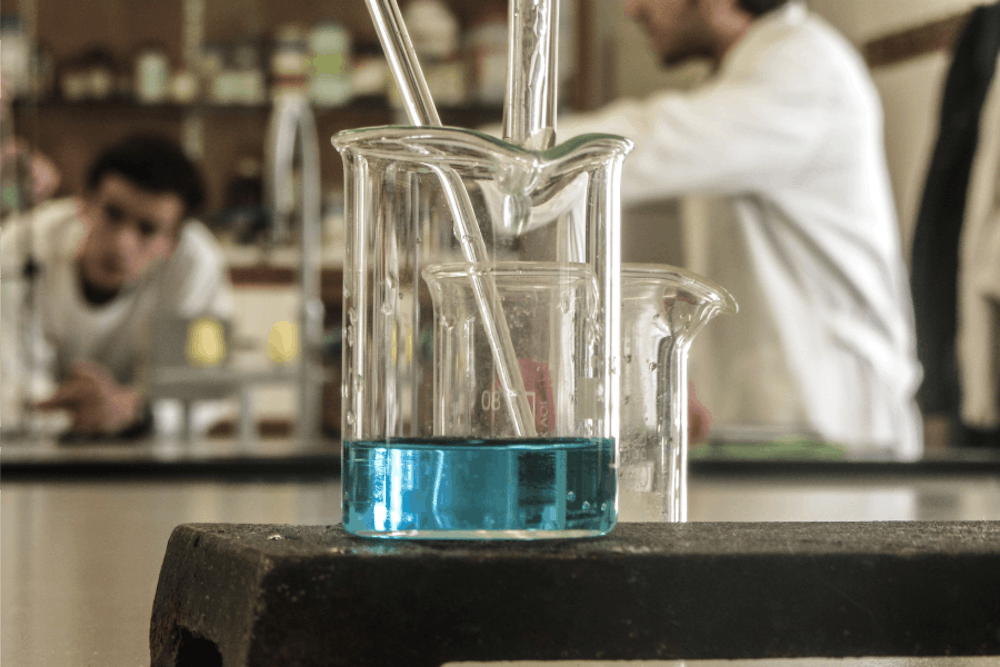By Jenna Tiller, For The Miami Student
When people hear "cryogenic freezing," they probably think of Austin Powers or space movies - it is a good idea, surely, and might even be achievable in the near future.
Miami University's Andor Kiss thinks it may very well be within our reach, and that the key lies in a species of wood frog.
A Miami professor since 2007, Kiss has taught a wide range of biology courses, including Cell Biology, Human and Animal Physiology and Capstones in Adaptational Biochemistry and Applied Physiology, among others.
Kiss said he hopes to find a tool - an annotated wood frog genome - that would allow him to understand the mechanism that enables this organism to tolerate freezing. If this could be achieved, it seems feasible that wood frogs may help humans do the same.
"This animal may guide humankind towards understand cryo-preservation, metabolic depression - both necessary for organ preservation, as well … as what would be needed for NASA's proposed manned space mission to Mars," Kiss said.
The need for organ preservation is dire. According to Miami microbiology professor Iddo Friedberg's blog, 18 people die each day waiting for an organ transplant, and every 10 minutes another person is added to the waiting list.
"There is a very short window between the time an organ is donated and the time it can be transplanted," Friedberg said. "The maximum viability time for a human kidney is estimated at 35 hours; a liver 20, and a lung less than 10."
The wood frog, therefore, is extremely promising - if an animal can freeze itself and reanimate upon thawing, then it may provide the key to allow us to do the same with human organs.
Although research has been done on wood frogs before, only recently the technology has made genomic studies feasible.
"We [now] have the genetic tools and the cost has become affordable to really develop the ability to generate the DNA level information on a genome wide scale to truly pursue the mystery of the wood frog," Kiss said.
Although his work is cutting edge, cold-adaptation research is nothing new to Kiss.
"I've been involved in cold-adaptation research since undergraduate," he said.
He has been working with wood frogs since about 2009, but the idea stemmed from a guest lecture in 1992 when he was in school.
"Ken Storey came to speak to our third-year biochemistry class and gave a lecture on the wood frog," Kiss said. "At the time, the Human Genome Project and the movement … toward large genome projects was beginning - but the possibilities … [were] becoming obvious to everyone in molecular biology."
Not only is his research unique, but his methods of funding are also out of the ordinary. Unlike most laboratories, Kiss depends entirely on crowd funding - accepting donations from the public through websites like Kickstarter. So far, all of his funding has come from the website Experiment.
Kiss said he got the idea from someone trying to generate a better MP3 player using crowd funding.
"Maybe people would pledge toward a project that potentially saves lives," Kiss said. "I think crowd funding is more about people feeling as though they are making a difference than raising X dollars … the whole crowd funding in and of itself, is an experiment."
Kiss said his ultimate goal is to reach $3,750.
According to Friedberg, with that amount, it would be possible to sequence the entire wood frog genome.
"If we achieve the goal, more people will need to come 'on-board,' and I'll be looking to involve undergraduate researchers to aid in the annotation and the publication of the final paper," he said. "So, there's a definite role for Miami students … to be involved."
As of Oct. 30, Kiss had funded 68 percent of his goal of $3,750, and the crowdfunding will continue for an additional nine days.

